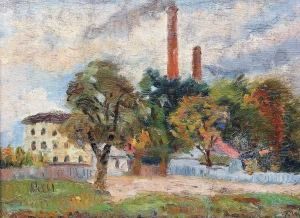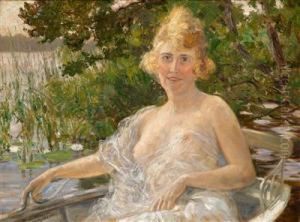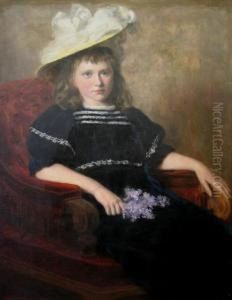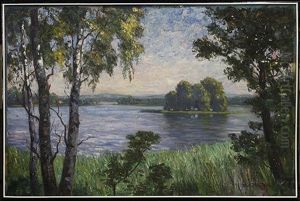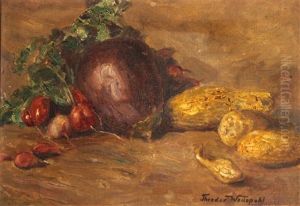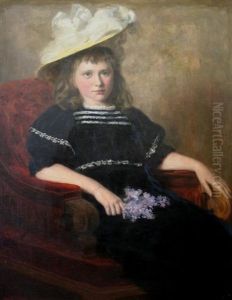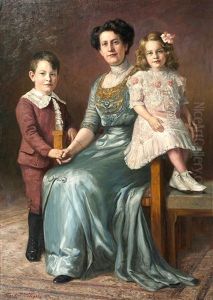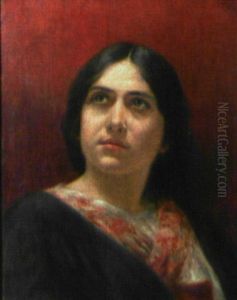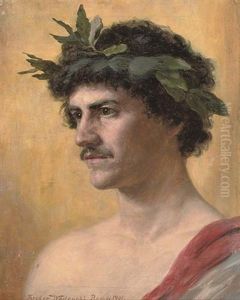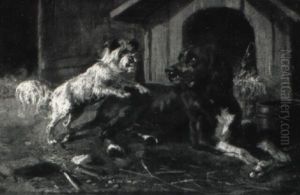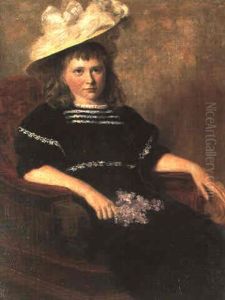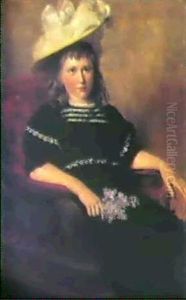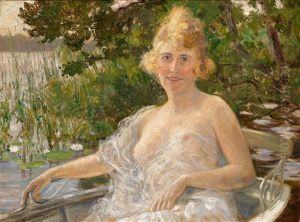Theodor Wedepohl Paintings
Theodor Wedepohl was a German-born artist recognized primarily for his work as a painter, graphic designer, and educator. Born in Herford, Germany, in 1902, his formative years were influenced by the turbulent times of World War I and the subsequent political upheavals in Germany. Despite these challenges, Wedepohl pursued his passion for the arts, developing a distinctive style that would evolve throughout his career.
Wedepohl's early work was characterized by a focus on figurative painting and an exploration of expressionist tendencies, which were prevalent in German art at the time. He received his education from various art schools and academies, honing his skills and deepening his understanding of both the technical and theoretical aspects of art. His style was versatile, and he engaged with different mediums and techniques, which allowed him to work on a range of projects, including book illustrations and poster designs.
As his career progressed, Wedepohl's work began to reflect the broader trends in European art, including elements of New Objectivity and, later, abstraction. He participated in exhibitions and gained a reputation for his insightful approach to composition and use of color. Throughout the 1930s and 1940s, his art evolved in response to the changing political climate, including the rise of National Socialism and World War II, which affected the cultural landscape of Germany and Europe as a whole.
In addition to his work as an artist, Theodor Wedepohl was also a dedicated educator, teaching at various institutions. He influenced a generation of young artists, sharing his knowledge and encouraging exploration and innovation in their artistic practices.
Wedepohl continued to create art until his later years, adapting and refining his style. His body of work ultimately contributed to the rich tapestry of 20th-century German art. Theodor Wedepohl passed away in 1978, leaving behind a legacy that continues to be studied and appreciated by art historians, collectors, and enthusiasts.
